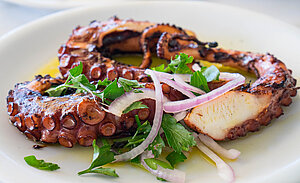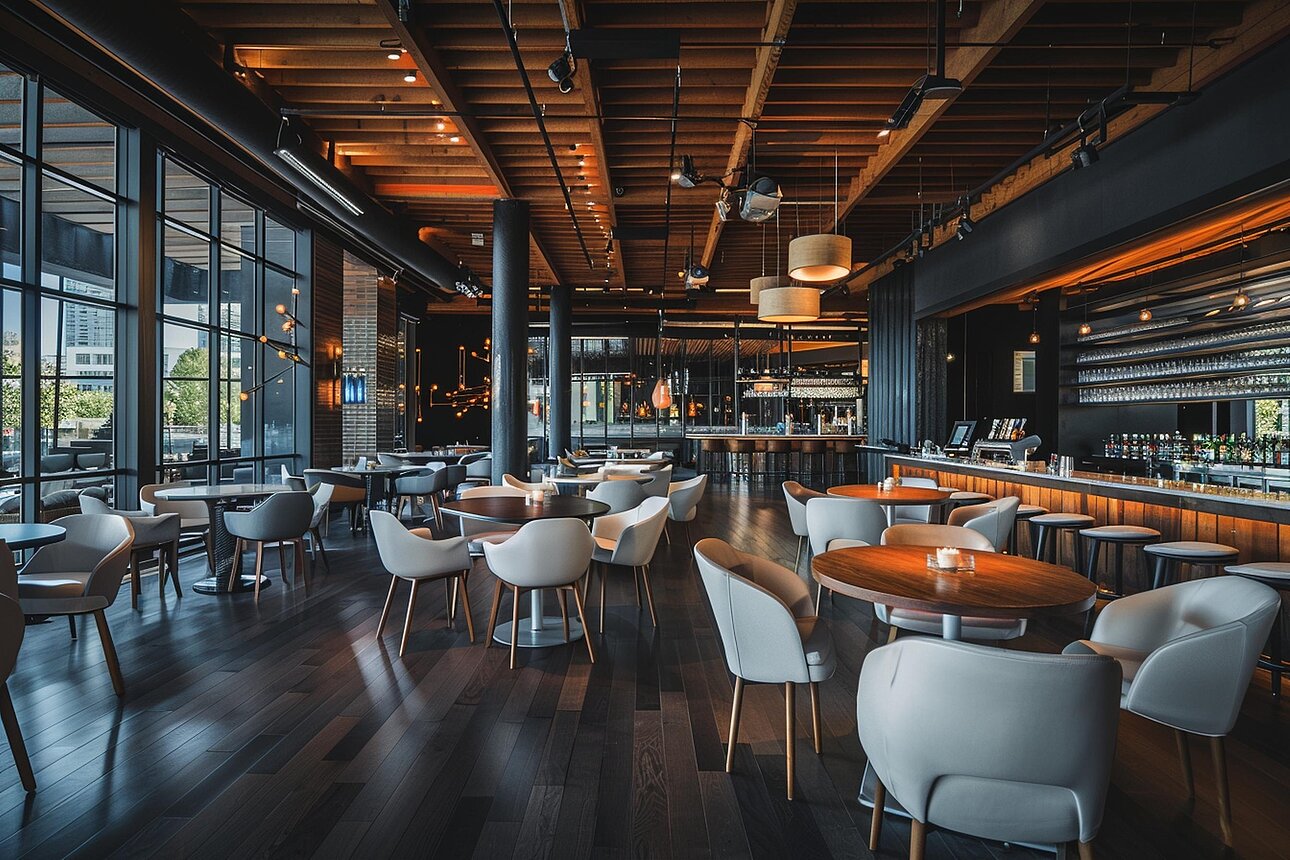Over the summer, fast food chains made headlines for updating menus to offer competing value meals. The move is seemingly designed to lure customers who are tightening belts amid ongoing inflation and appease consumers lodging complaints about high fast food prices on social media.
McDonald’s started offering deals through their app and reintroduced $5 combo meals for a limited time. Burger King followed suit by bringing back $5 Your Way Meals.
Wendy’s launched a $3 breakfast deal and free chicken nuggets on Wednesdays for reward members, while participating Taco Bell locations have a reworked Cravings Value Menu with a handful of items offered at just $3 or less.
Not surprisingly, sit-down restaurants are embracing the idea of added value through meal deals, as well. How are these establishments finding ways to keep costs low and consumer satisfaction high?
 Value Meals Aren’t Just for Fast Food
Value Meals Aren’t Just for Fast Food
Fast food joints aren’t the only eateries struggling to entice customers to spend discretionary funds on dining out. Not only have restaurants struggled with a hiring crisis and minimum wage increases over the past few years, but food cost increases, typically around 2% per year, have exploded.
From 2021 to 2022 alone, prices increased by over 11%, although that number dropped to about 5% the following year. Still, overall increases between 2019 and 2023 stood at roughly 25%, an average of over 6% per year.
As a result, some casual restaurant chains have taken a page from the fast food playbook and started offering menu items geared toward adding value for consumers. According to a report from KTLA, dine-in customers at Buffalo Wild Wings can enjoy all-you-can-eat boneless wings and fries for $19.99 on Mondays and Wednesdays.
Golden Corral offers 4-person family meals for as little as $33, while a party of two can get individual bowls of chili and house salads at Chili’s for just over $10 total.
Related: Affordable Luxuries: Consumers Trading Up on Menu Items
 Paying Attention to What Gets Left on Plates
Paying Attention to What Gets Left on Plates
When money is tight, consumers may be more likely to take leftovers home. However, restaurants will still likely see plenty of unfinished plates when bussing tables.
While you might not be keen to risk the ire of faithful customers by implementing shrinkflation tactics (reduced portions, same prices), tracking waste could provide inspiration for reducing losses. If included sides like vegetables or rice go largely untouched, reduce portions or break them out as separate menu items.
You can cut meal costs for consumers who don’t want the sides, and those who do can pay to add them à la carte. Changing sides in this manner will reduce waste and potentially increase profit simultaneously, with minimal risk of consumer pushback if your tracking is accurate.
Find more insights in our weekly newsletter HERE
Reevaluating Vendor Agreements
Every business should reevaluate supplier and other vendor agreements periodically to ensure the best deals are in place. There’s something to be said for building long-term relationships, especially if you enjoy added value like fast, reliable delivery, high-quality products, or flexibility in order scaling, payment terms, and so on.
However, speaking with other suppliers could help you find the most favorable terms for your business, which could result in a better overall arrangement or provide the leverage to renegotiate terms with your preferred vendor.
Either way, you stand to improve your financial standing and potentially pass savings to customers — or at least avoid increasing costs.
Don’t forget to audit your menu regularly as well. As food costs fluctuate, you may find some menu items suddenly represent higher costs with lower profit margins, requiring adjustment.
Meal Deals Aren’t Forever
One defining characteristic of the recent spike in value menus is that they’re almost universally limited-time offers (LTOs). The McDonald’s $5 meal deal only lasted a month, while Wendy’s free chicken nuggets deal expires at the end of the year.
With inflation already slowing, LTO value meals could be just what struggling restaurants need to tide them over.
Want more information about what we do? Click here and contact our team today!





